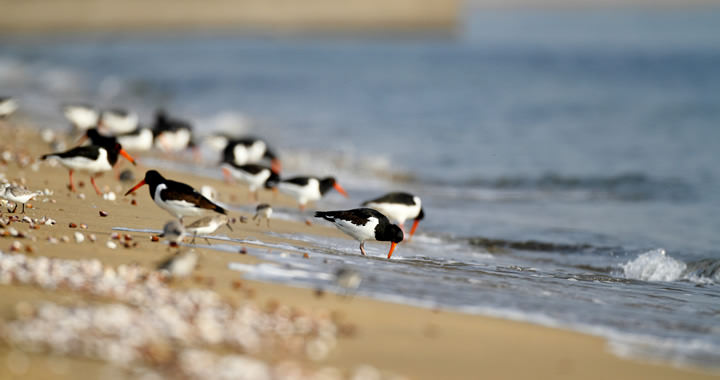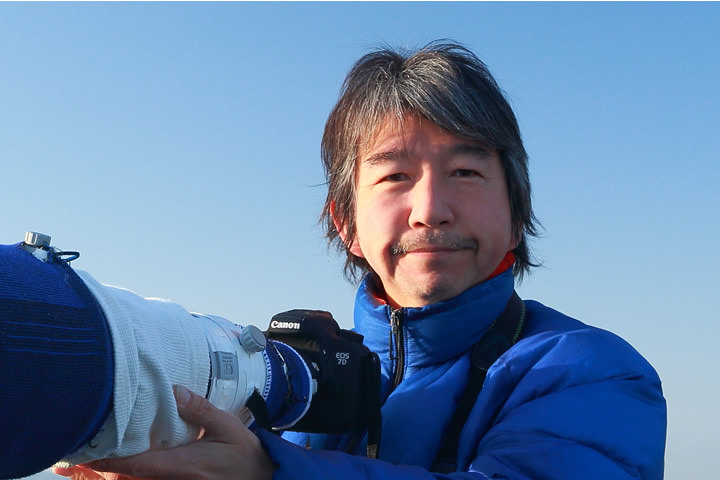how to
photograph
wild birds
Here you will find basics of photographing wild birds, and selection of lenses and shooting methods of wild bird photograph.

Here you will find basics of photographing wild birds, and selection of lenses and shooting methods of wild bird photograph.

Canon hopes that wild bird photography will grow stronger with proper photography etiquette.
Want to take photographs of cute, cool, and beautiful birds?
What kind of equipment will you need? How should you go about taking the pictures?
Here's where you can find pointers on choosing the right camera and tips for beginner photographers.
Want to capture images of wild birds that freeze the action of their wings flapping and water splashing? Would you like to create photos with beautiful blurred backgrounds? Heres where you can learn about your cameras various shooting modes and the relationship between the aperture, shutter speed, and brightness (exposure).
I want to photograph flying birds. How to photograph wild birds with good atmosphere?
Lets challenge to photograph wild birds with higher photographic technique.
Wild bird photographer
My ultimate goal is to photograph not only in an attractive way, but also in a way that captures the essence and feeling of the animals. My current photographic subjects are wild birds and the natural environment.
His photography has been featured in several books, magazines, and TV commercials.

Naturally, bird photography exists because there are wild birds. No matter how advanced your camera is, if there are no birds to photograph then there is no purpose to it.
I started photographing wild birds when film was still in use and focusing was done manually. At that time, not only was the camera equipment expensive, processing the film was costly too, so I could not simply take every shot I wanted. As a result, I observed birds intently and focused on getting the perfect shot.
Times have changed, however. With the advancement of digital cameras and information technology, bird photography seems to now be dictated by the camera and information, so much so that somewhere along the way, birds have become simply another subject and not the main target, as if they are just one piece to complete a puzzle, so to speak.
In Japan, when a rarely seen bird is spotted, photographers often rush to the spot and occasionally cause problems with their behavior. It is not all bad though. By taking up bird photography as a hobby, many people have had their attention drawn to environmental issues, including those of wild birds. I think that doing as much as we can to pass on to future generations the joy of watching and photographing wild birds will also be good for the birds, and quite simply, the key to our coexistence.
People looking at a photograph know if it was taken through risky or inappropriate behavior. I think those kinds of photographs should not be rewarded at photo contests, but photographs of birds that make people feel good or show them living strong and healthy lives should be shared with as many people as possible. To the extent possible, wild birds should not be disturbed by our presence, and I strongly believe that the actions of even one person to show sensitivity, by not putting pressure on the birds, will spread to the photographers around them and lead to even better relationships with birds. This is my sincere wish. And, I would like to continue promoting the joy of bird photography for everyone.